Estimated reading time: 12 minutes
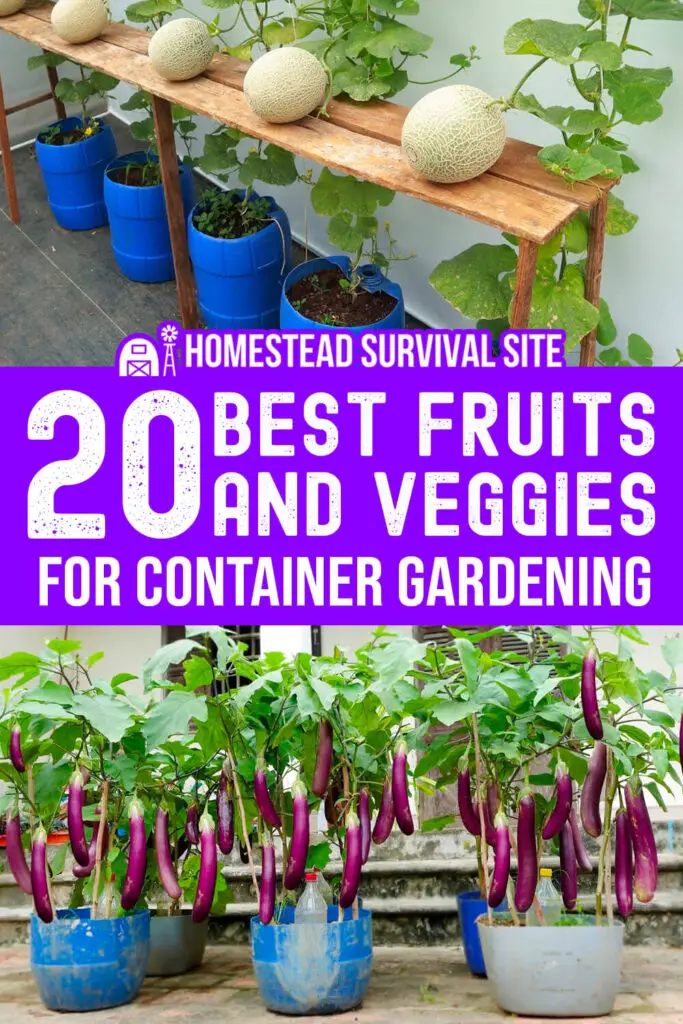
Wouldn't you love to have fresh fruit growing in your kitchen? Imagine the convenience of having healthy, nutritious, delicious foods just steps away from the dinner table.
This is why container gardening is getting so popular, not to mention all the other reasons: no weeds, fewer pests, no going out in the heat or cold, no worrying about frost or too much rain. With a container garden, everything is under control.
However, newcomers are often intimidated by the huge variety of options when trying to decide which seeds to plant. Fortunately, some plants are easier to grow than others. If you're new to container gardening, these fruits and veggies are a good place to start. So here they are, in alphabetical order…
Bananas
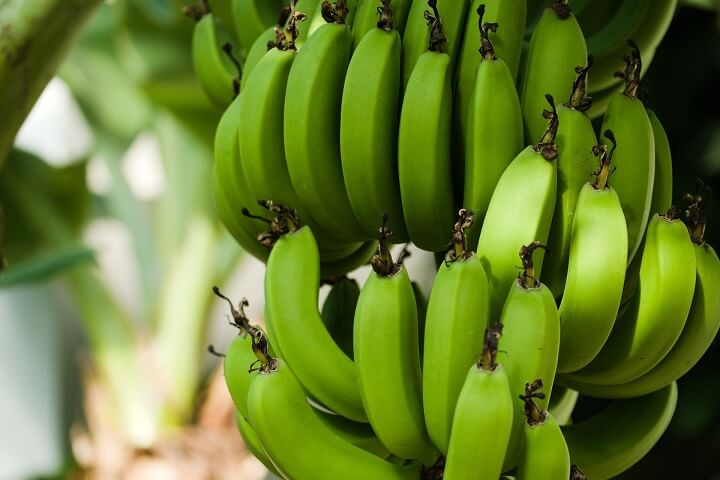
This one will surprise some people, but I actually think it's worth a try if you have time and space to deal with it. You can't grow bananas in 99% of the United States. However, you can grow them indoors.
If you follow our blog, you may have seen our article about how to grow your own bananas. To be fair, this one is more time and water-intensive than the others, but it's definitely worth considering.
Bell Peppers
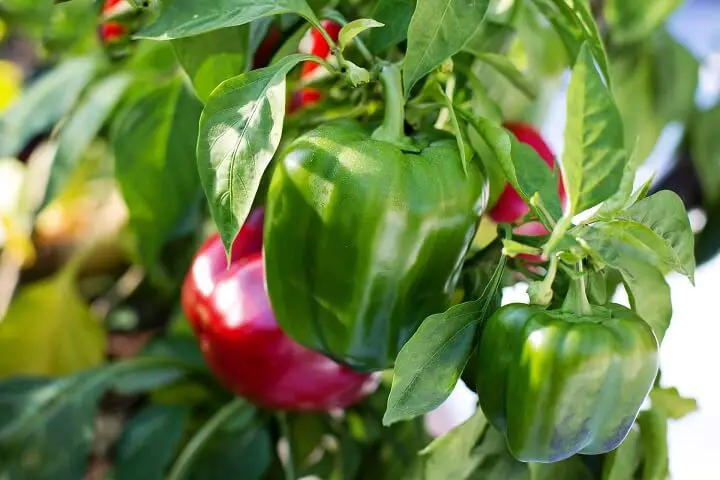
Bell peppers are delicious and can add a bit of flair to almost any dish. They only grow 1 to 2 feet tall and they have a long growing season, making them great for container gardens.
You can pick bell peppers early in the season and more with grow in their place without harming the plant. This, combined with the long growing seasons, means you'll get a very high yield from your plant if you take good care of it.
Blueberries
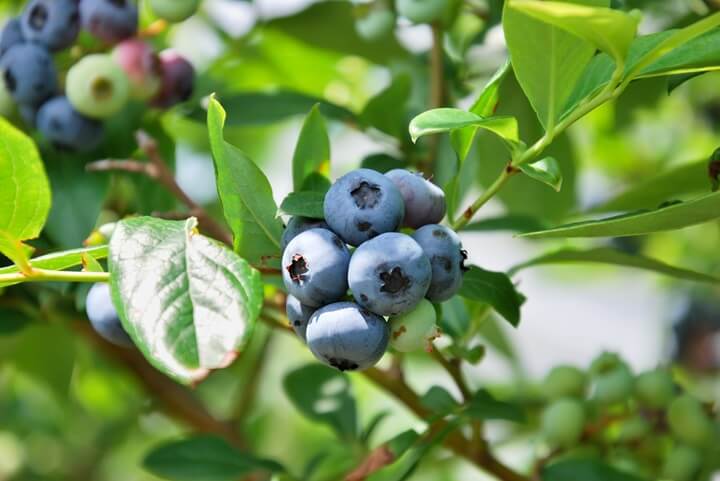
Blueberry bushes are perfect for container gardening because they have shallow root systems. Choose a dwarf variety and use a pot with an acid-rich potting mix to meet their pH needs.
Blueberries need a sunny spot but appreciate some afternoon shade in hotter climates. With some pruning and proper care, these bushes can produce fruit for years, offering a delicious and antioxidant-rich treat right from your balcony or patio.
Carrots
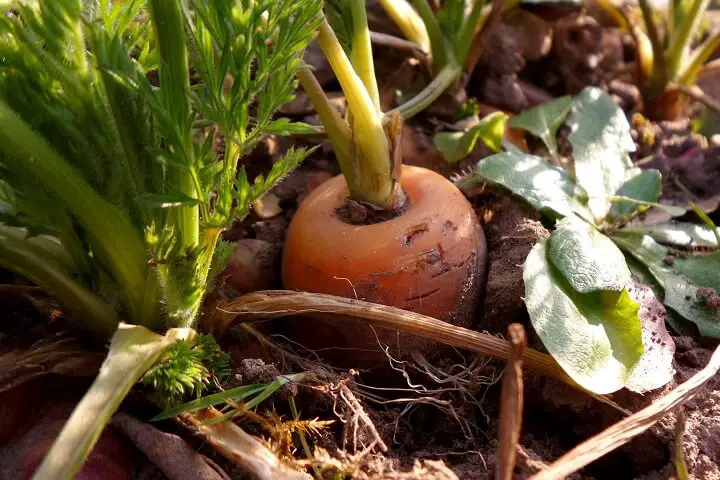
Carrots are chock-full of essential vitamins and nutrients, so they can easily become a staple of a homegrown diet. Carrots need larger containers than most other vegetables. A foot and a half all around is a good starting point.
The soil should be kept nice and moist, but don't let it become soaked. Moss can be laid on top of the soil to help retain moisture, just make sure the leaves are still in the light.
The secret to growing really tasty carrots is to harvest them before they reach full size. Carrots lose flavor the bigger they get, so you should harvest them when they're between 1/2 to 3/4 of an inch in diameter.
Chinese Greens
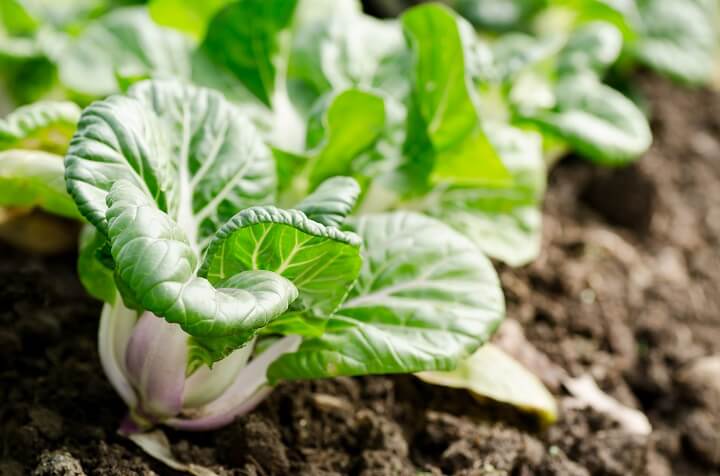
Bok choi and sui choi are both fantastic cold weather crops. They're perfect in the late fall or winter, or if you want to get an early start on your spring garden, and they're pretty easy to grow.
I use them in stir fry all the time. Once it starts to warm up outside, Chinese greens will bolt, but you can still eat the flower heads which taste great in salads.
Chives
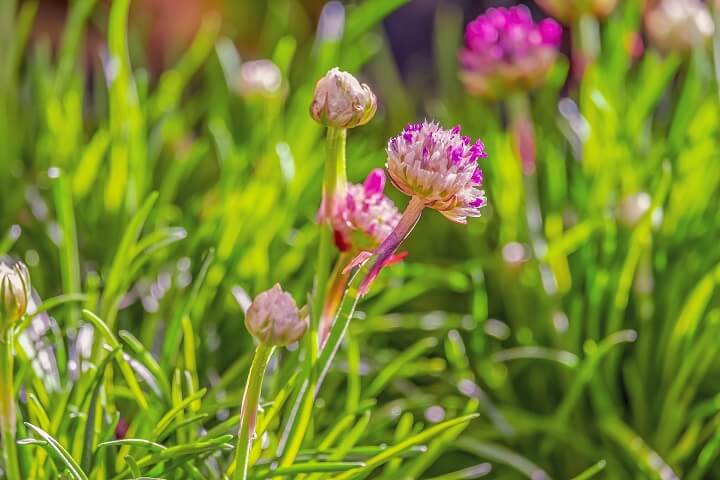
Chives don't have a lot of calories or nutrition, but they are easy to grow and can add a lot of flavor to recipes or foods like baked potatoes.
Chives need a lot of moisture, so be sure to check the soil at least once a day. They only take a few weeks to grow and don't need much space, so if you're looking for an easy win in your new garden, definitely try them out.
Cucumbers
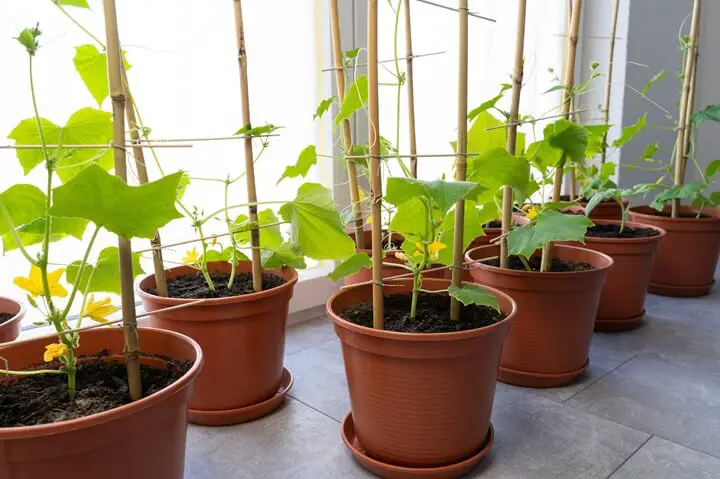
Cucumbers are a great choice for container gardening due to their rapid growth and high yield. They need vertical space to climb, so you'll want to set up a small trellis or stakes in the container to help them growth.
Make sure the pot is deep enough to accommodate their roots and be sure to keep the soil moist. Cucumbers thrive in full sunlight and will produce a big harvest if you take good care of them.
Eggplant
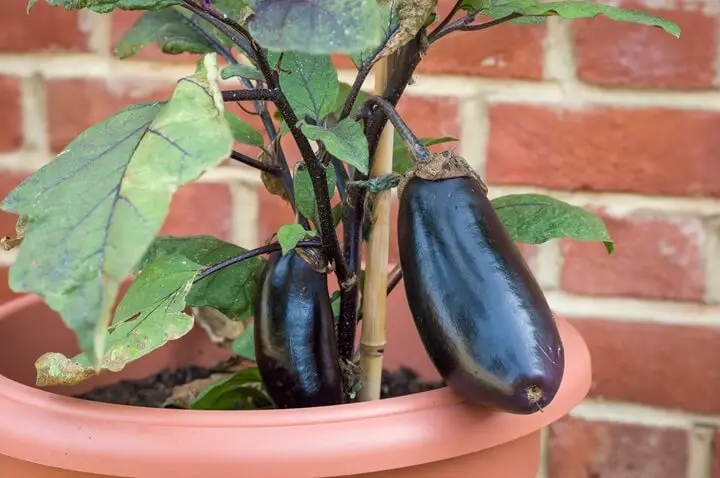
Eggplant is another fantastic choice for container gardening. It thrives in warm conditions and requires a pot at least 5 gallons in size to accommodate its root system. Choose a compact variety like ‘Patio Baby' or ‘Fairy Tale' for the best results. Eggplants need full sun and consistent moisture to produce their distinctive purple fruits.
Figs
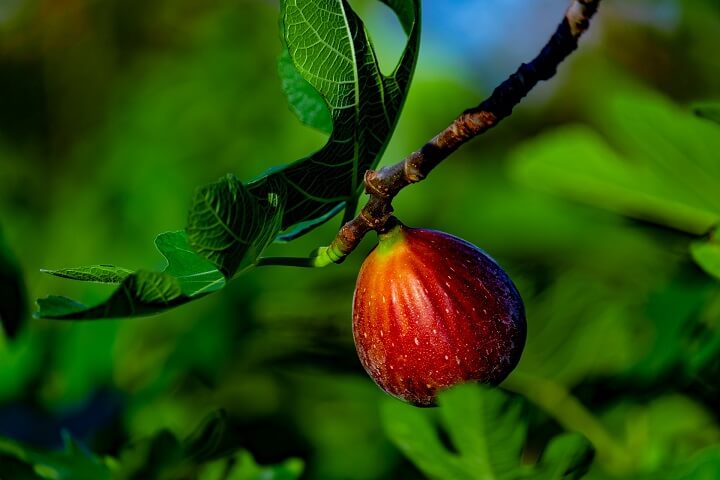
You might be surprised to see figs on this list since they grow on trees. How are you supposed to grow a tree indoors? With a bucket, of course. That's right, with some proper care and pruning, you can grow a tree indoors that produces a lot of fruit and doesn’t take up too much space.
Fig trees don’t need as much sunlight as other plants, and once they've grown to proper size, they will produce fruit annually for generations to come.
Green Beans
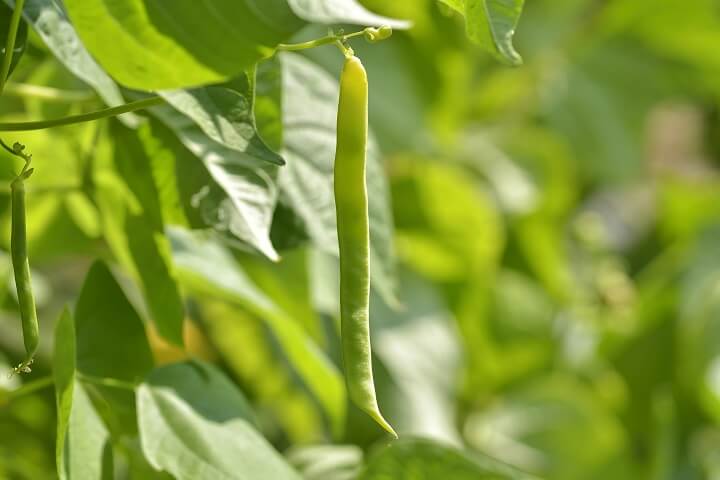
Green beans are one of the fastest-growing vegetables. However, you'll need some small wooden posts which help the vines to grow vertically, saving lots of space.
They make a healthy and delicious snack that most people enjoy, and they don't require much in terms of maintenance. Just make sure they're getting enough water and sunlight.
If you decide to grow them, you'll have a nearly non-stop supply of fresh green beans every week. If one plant isn't doing as well as the other, cultivate a segment of the original plant into several new containers and they'll grow into new plants.
Kale
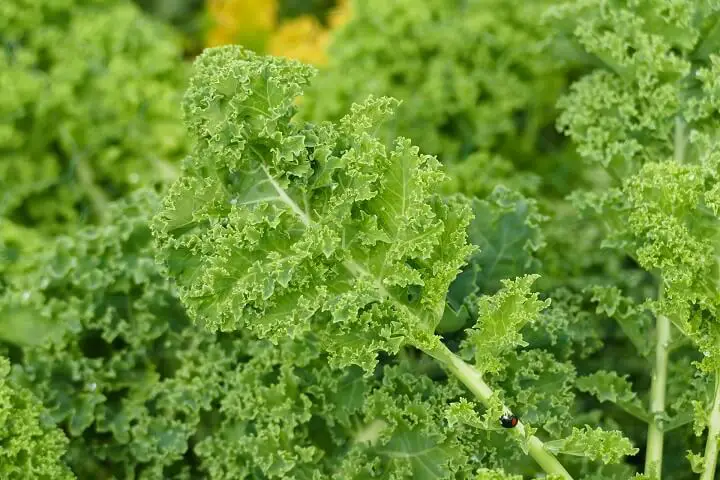
Kale is yet another green that is pretty easy to grow. In fact, you could grow a couple of kale plants in one container along with some other small perennials.
Make sure your kale gets plenty of sunlight and has rich, well-draining soil to grow in. You may even want to mulch around the base to keep the soil moist. When the leaves are ready, use them to make salads.
Lettuce
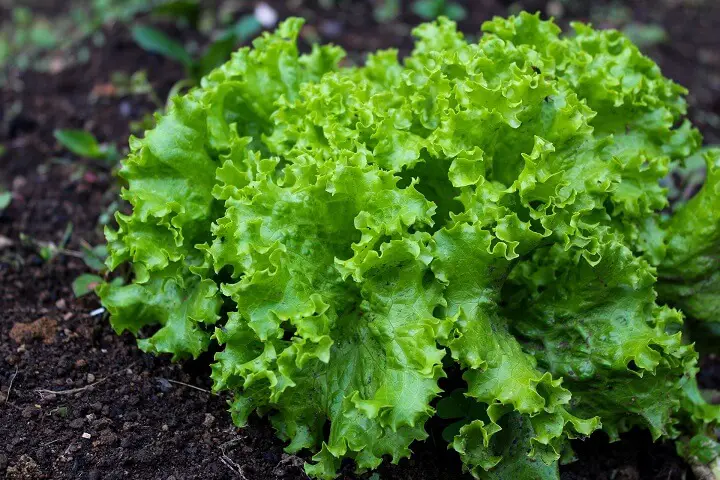
Another green that does great in containers, particularly shallow containers. Go ahead and plant them in the early spring before the last frost, and late in the fall. Once it gets too cold, bring the containers inside to extend the growing season.
Really the only thing lettuce is good for is salads, or on a sandwich or hamburger. But given how easy it is for newbies to grow lettuce, it's definitely worth trying.
Microgreens
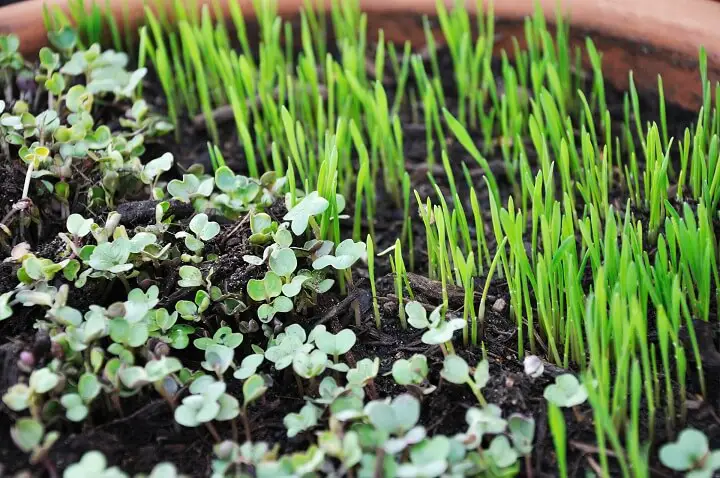
These tiny greens need very little space and are harvested when the plant is only 2 to 3 inches tall. Microgreens can be used as a garnish for all kinds of salads and meals, and despite their size, they provide a lot of vitamins and minerals.
Microgreens only need a small container, making them great for people without a lot of space.
Peas
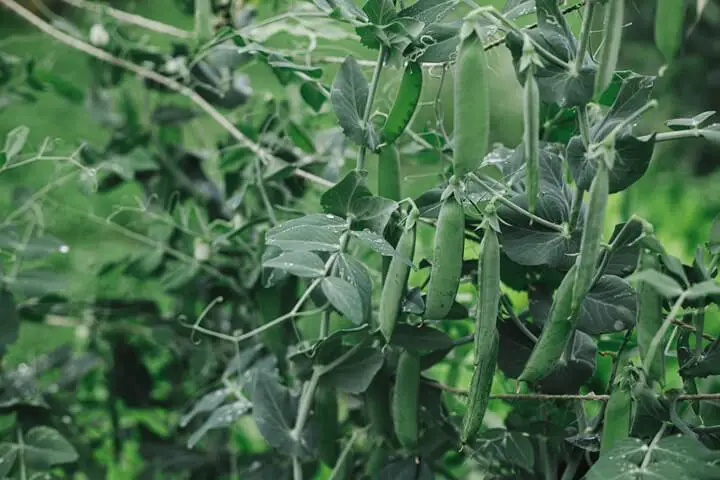
Peas are great for beginners because they're fairly low-maintenance and can grow in cooler temperatures. They need a support structure such as a trellis or netting to climb, which will maximize space in a container.
Peas prefer moist, well-drained soil and partial to full sunlight. Plus, harvesting them is easy – the more you pick, the more they produce!
Potatoes
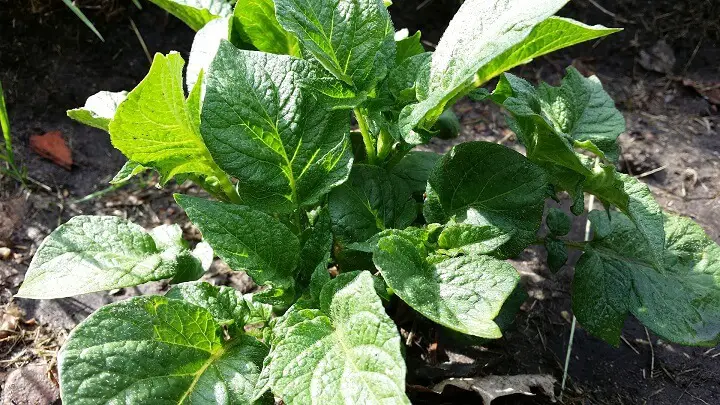
Potatoes are hearty, flavorful, and filled with calories, making them one of the best survival foods to grow. (In fact, here are five reasons to grow them.) They can be grown in all types of containers, as long as there's enough space for the roots to spread and the potato buds to thrive. Some people even grow them in reusable grocery bags.
Unfortunately, potatoes have gotten a bit of a bad reputation because they're used to make unhealthy foods like French fries, tater tots, hashbrowns, and potato chips. But the fact is, they are filled with nutrients and very healthy to eat (in moderation, of course).
Radishes
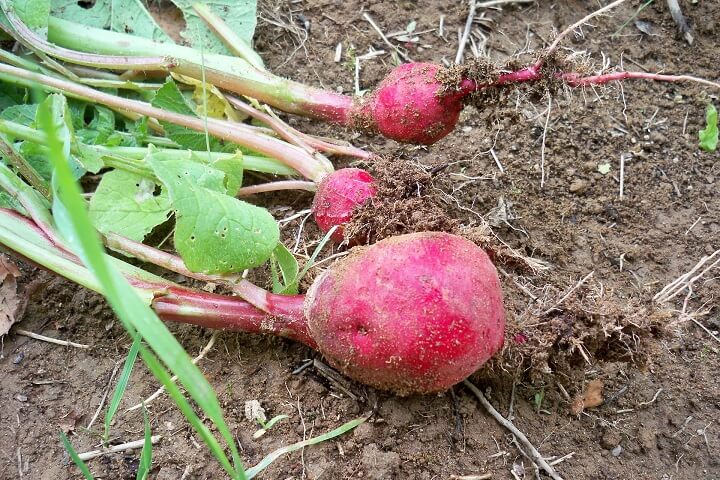
These tiny root vegetables are very easy to grow and go from seed to produce in a very short time. They're resilient, too, so if you forget about them for a few days, they should recover nicely.
Radishes can be grown in any container with at least 12 inches of space for the roots to propagate, and they only need to be watered every two days.
Strawberries
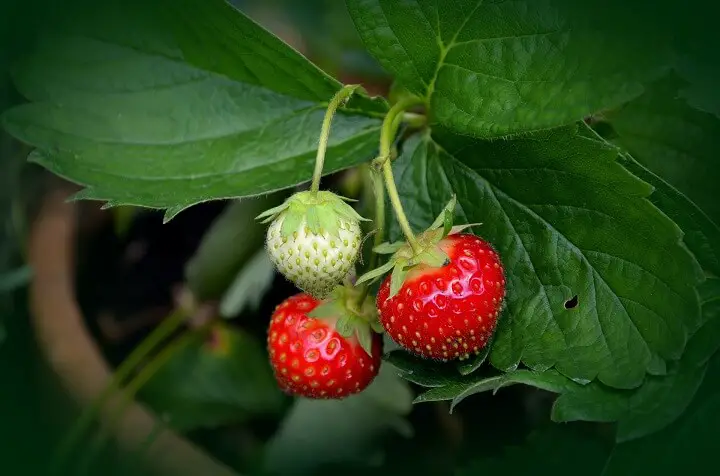
Strawberries are also fairly easy to grow. You just need plenty of sunlight and a pot with at least 10 inches of space so they can flourish. Strawberries don't need much to survive and they grow fast, making them ideal for indoor gardening or a greenhouse.
While they do grow fast, strawberries usually only bloom between mid-summer and fall.
Swiss Chard
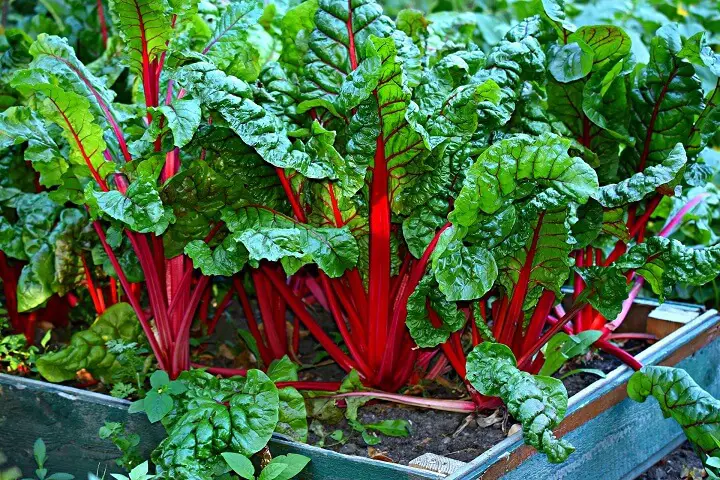
Swiss chard is from the same family as beets and develop a similar red color on the roots. It tolerates the cold very well and has a fairly long growing season. Plus, it does well in the spring and fall.
If you want to grow beets, then you really don't have to grow chard since the beet greens are just like Swiss chard.
Tomatoes
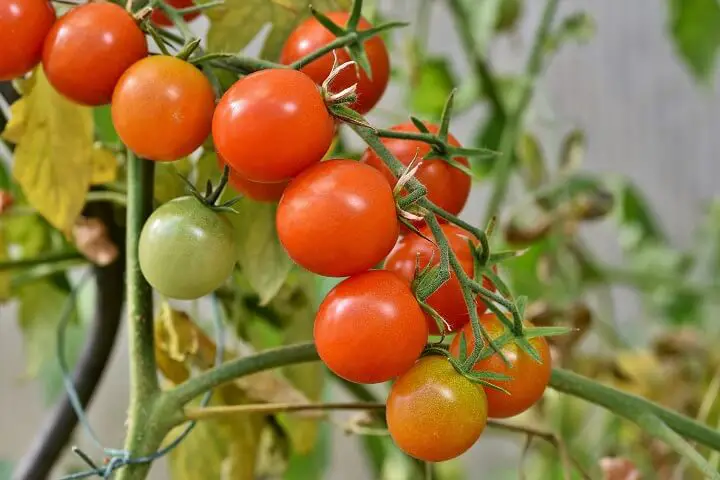
Tomatoes are often regarded as one of the easiest foods to grow in containers. They are incredibly versatile, they can be grown in a traditional pot, or you could grow them in a hanger designed for tomatoes. Tomatoes are nutritious, flavorful, and best of all, they're easy to grow and maintain.
The key to growing healthy tomatoes indoors is ensuring that every side of the plant receives plenty of light. You'll also want to keep colder temperatures from reaching them. Indoor-grown tomatoes may not reach the size of store-bought varieties, but they will still taste delicious and are a great choice for those with limited space or time.
Zucchini
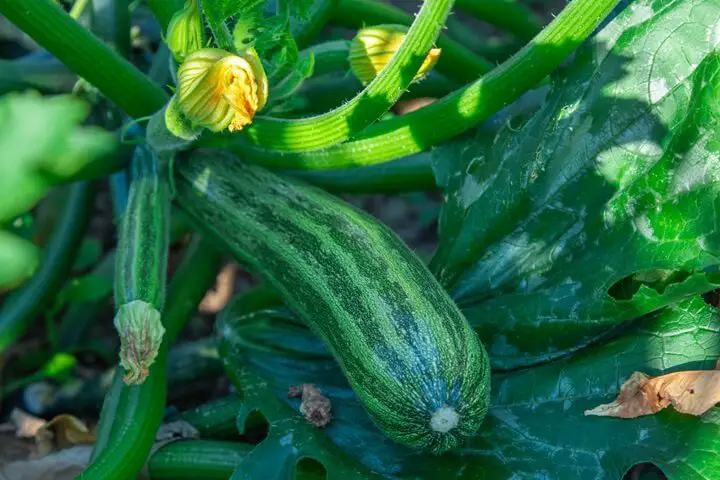
Zucchini is a very prolific vegetable that can do well in containers as long as they're pretty large. Each plant needs about a 5-gallon pot to flourish.
They require plenty of sunlight and watering, especially when the fruits begin to grow. Zucchini plants are known for their bountiful production, so you'll have plenty to use in your cooking. You might consider making some zucchini flour.
You May Also Like:

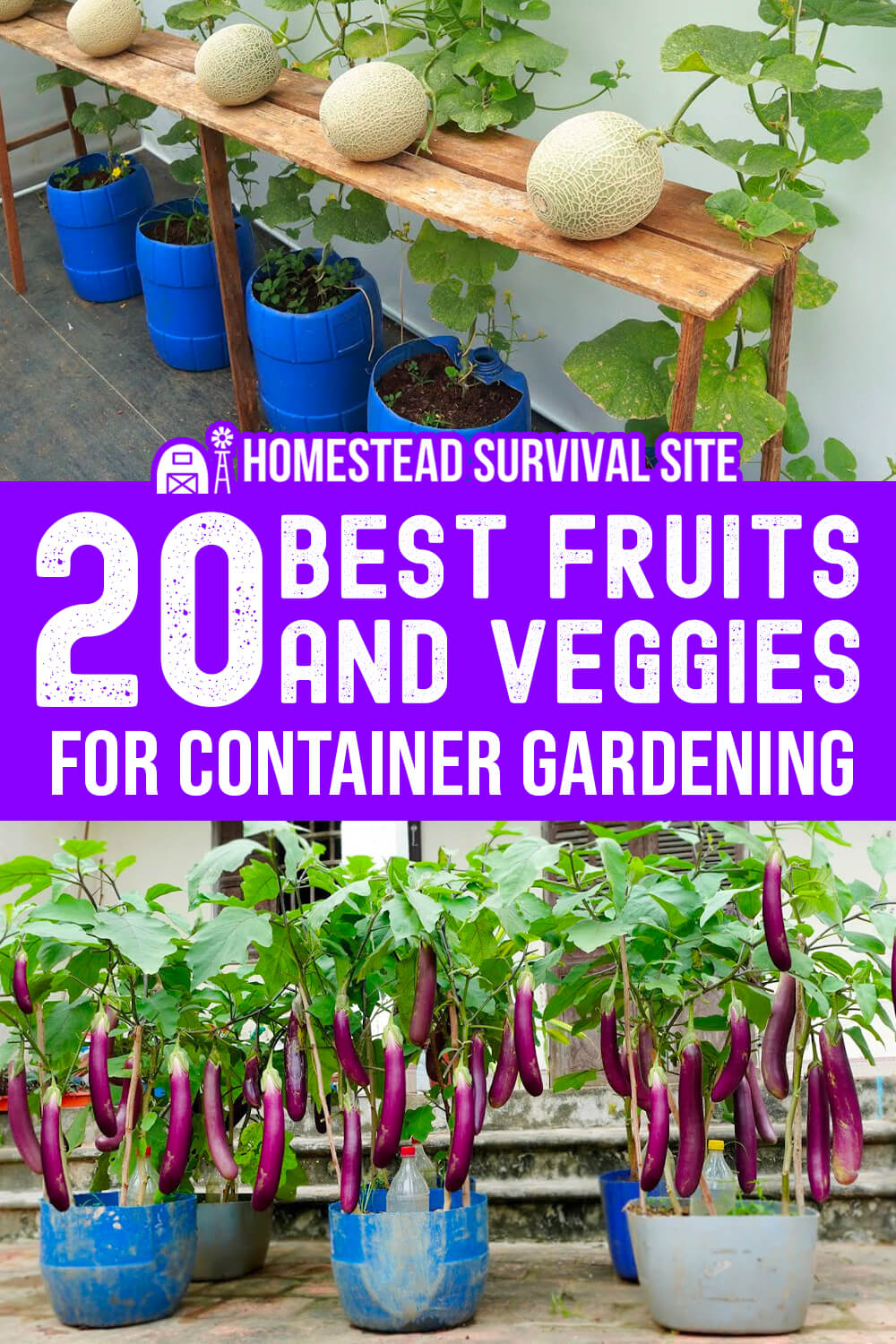



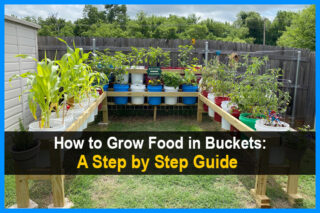
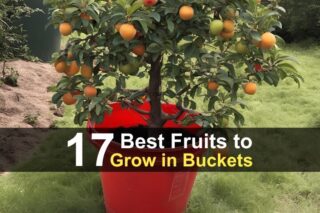
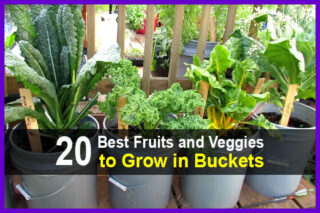
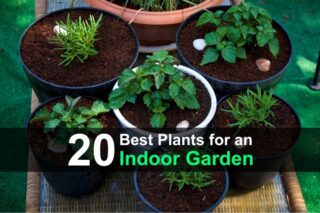
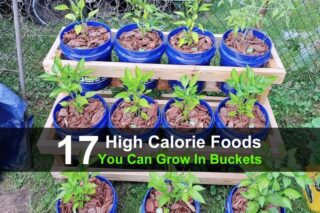


Very useful information.